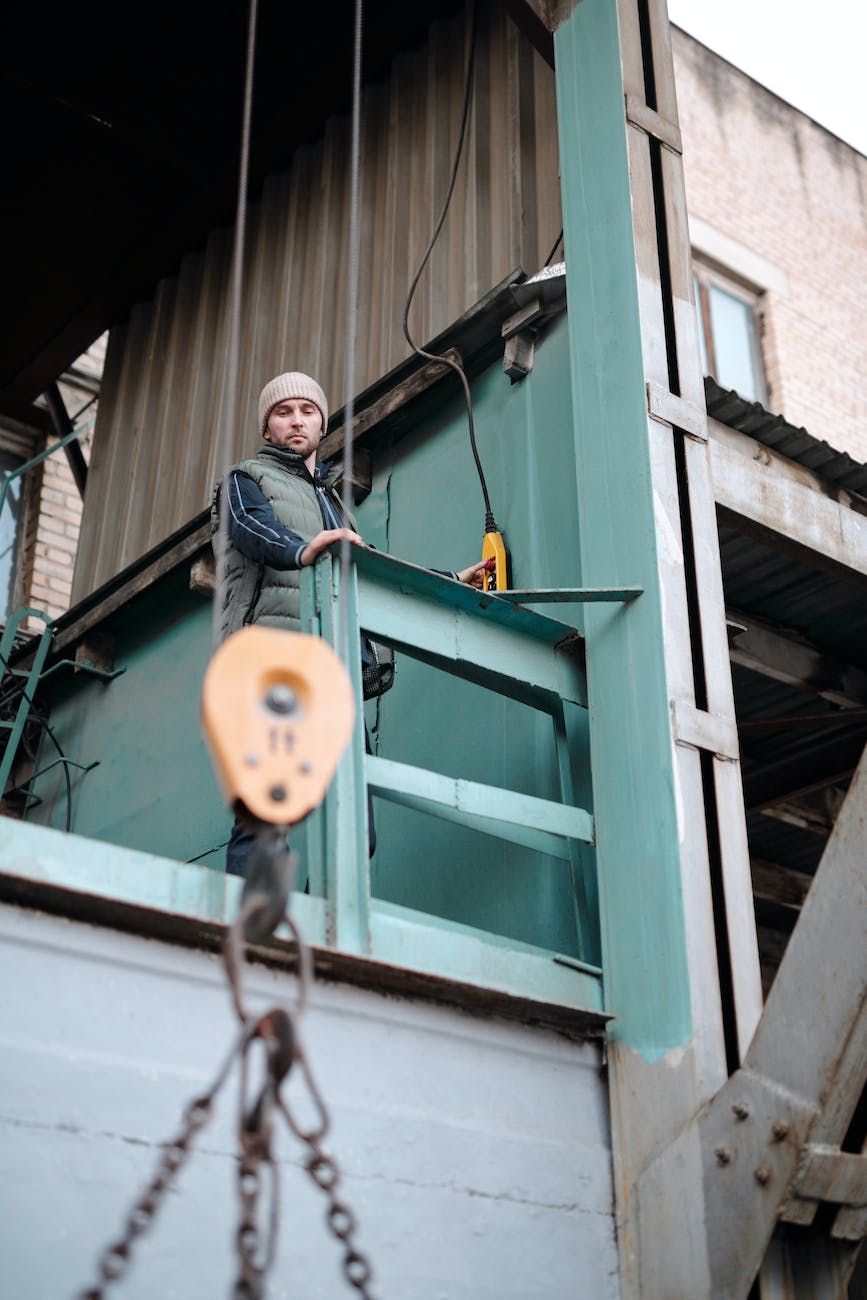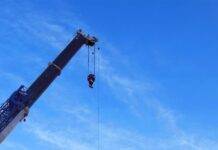
Crane Safety: How to Calculate Capacity?
Introduction
Crane safety is paramount in any construction or industrial setting. One of the critical aspects of ensuring safety is accurately calculating the crane’s capacity. Understanding how to calculate the capacity not only prevents accidents but also enhances the overall efficiency of operations.
Understanding Crane Capacity
Crane capacity refers to the maximum weight a crane can lift without compromising its stability or structural integrity. Various types of cranes exist, each with its own unique capacity specifications. Whether it’s a tower crane, mobile crane, or overhead crane, understanding their capacities is fundamental to safe operations.
Factors Influencing Capacity Calculation
Several factors contribute to the complexity of calculating crane capacity. The crane’s configuration, load radius, weight of the load, and environmental conditions all play a crucial role. Ignoring any of these factors can lead to inaccurate calculations, posing a significant risk to both personnel and equipment.
Crane Load Charts
Load charts are indispensable tools in capacity calculations. They provide a graphical representation of a crane’s capacity based on its configuration and the load’s position. Interpreting these charts correctly is vital for accurate calculations and safe lifting operations.
Step-by-Step Guide to Calculate Crane Capacity
- Identifying crane specifications: Begin by gathering information about the crane, including its make, model, and configuration.
- Understanding load chart values: Familiarize yourself with the load chart and its components, such as boom length and load radius.
- Factoring in environmental conditions: Consider external factors like wind speed, temperature, and ground conditions.
- Calculating the final capacity: Apply the gathered information to the load chart to determine the crane’s actual lifting capacity.
Importance of Regular Inspection
Regular inspections are crucial for maintaining crane safety. They help identify potential issues with the equipment, ensuring it operates at optimal levels. Inspections also play a vital role in preventing accidents caused by mechanical failures.
Common Mistakes to Avoid
- Misinterpreting load charts: Misreading load charts can lead to disastrous consequences. Ensure proper training in interpreting and applying load chart values.
- Neglecting environmental factors: Environmental conditions directly affect a crane’s performance. Always account for weather and ground conditions.
- Overlooking equipment maintenance: Regular maintenance is essential for crane longevity. Neglecting maintenance can result in unexpected breakdowns and compromised safety.
Training and Certification
Proper training and certification are prerequisites for operating a crane. Crane operators must undergo rigorous training to understand the intricacies of crane safety, including capacity calculations. Ongoing education is also crucial to staying updated on the latest safety standards and technologies.
Sample Example:Consider a construction site where a tower crane is tasked with lifting a load of steel beams to the top floor of a building. The crane operator, John, is well-trained and certified, and he understands the importance of accurately calculating the crane's capacity.Scenario:
- Crane Specifications:
- Make and Model: XYZ Tower Crane
- Configuration: Extended boom to 50 meters
- Load Capacity: 5 tons at a specific radius
- Load Details:
- Weight of Steel Beams: 4 tons
- Load Radius: 40 meters from the base of the crane
Calculating Crane Capacity:
- Identifying Crane Specifications: John checks the crane’s specifications, ensuring he has the accurate make, model, and configuration details.
- Understanding Load Chart Values: Referring to the load chart, John locates the specified load capacity at the given radius for the extended boom.
- Factoring in Environmental Conditions: Considering it’s a windy day, John takes into account the wind speed and adjusts the load capacity accordingly based on the load chart guidelines.
- Calculating the Final Capacity: Applying the gathered information, John determines that the crane can safely lift the 4-ton steel beams at the specified radius, taking into account both the crane’s capacity and the environmental conditions.
Outcome: John successfully lifts and transports the steel beams to the top floor without any issues. By meticulously following the steps to calculate the crane’s capacity, he ensures a safe and efficient lifting operation, preventing accidents and potential damage to the equipment.
This example highlights the practical application of understanding crane specifications, using load charts, and considering environmental factors to ensure safe and accurate capacity calculations in real-world scenarios.Conclusion
In conclusion, understanding how to calculate crane capacity is pivotal for maintaining a safe working environment. By considering various factors, utilizing load charts, and embracing technological advancements, industries can ensure not only the safety of their personnel but also the efficiency of their operations.
Safety Factor of Lifting Equipment
Safety Factor of Webbing Sling
FAQs
- What is the primary purpose of calculating crane capacity?
- Calculating crane capacity ensures safe lifting operations, preventing accidents and equipment damage.
- How often should crane load charts be updated?
- Load charts should be updated regularly, especially when there are modifications to the crane or changes in operating conditions.
- Can environmental factors significantly impact capacity?
- Yes, environmental factors such as wind speed and ground conditions can significantly affect a crane’s lifting capacity.
- What qualifications are required to operate a crane?
- Crane operators need proper training and certification to operate cranes, ensuring they understand safety protocols and capacity calculations.
- Are there any regulations regarding crane safety?
- Yes, there are industry-specific regulations and standards governing crane safety to ensure compliance and prevent accidents.
























